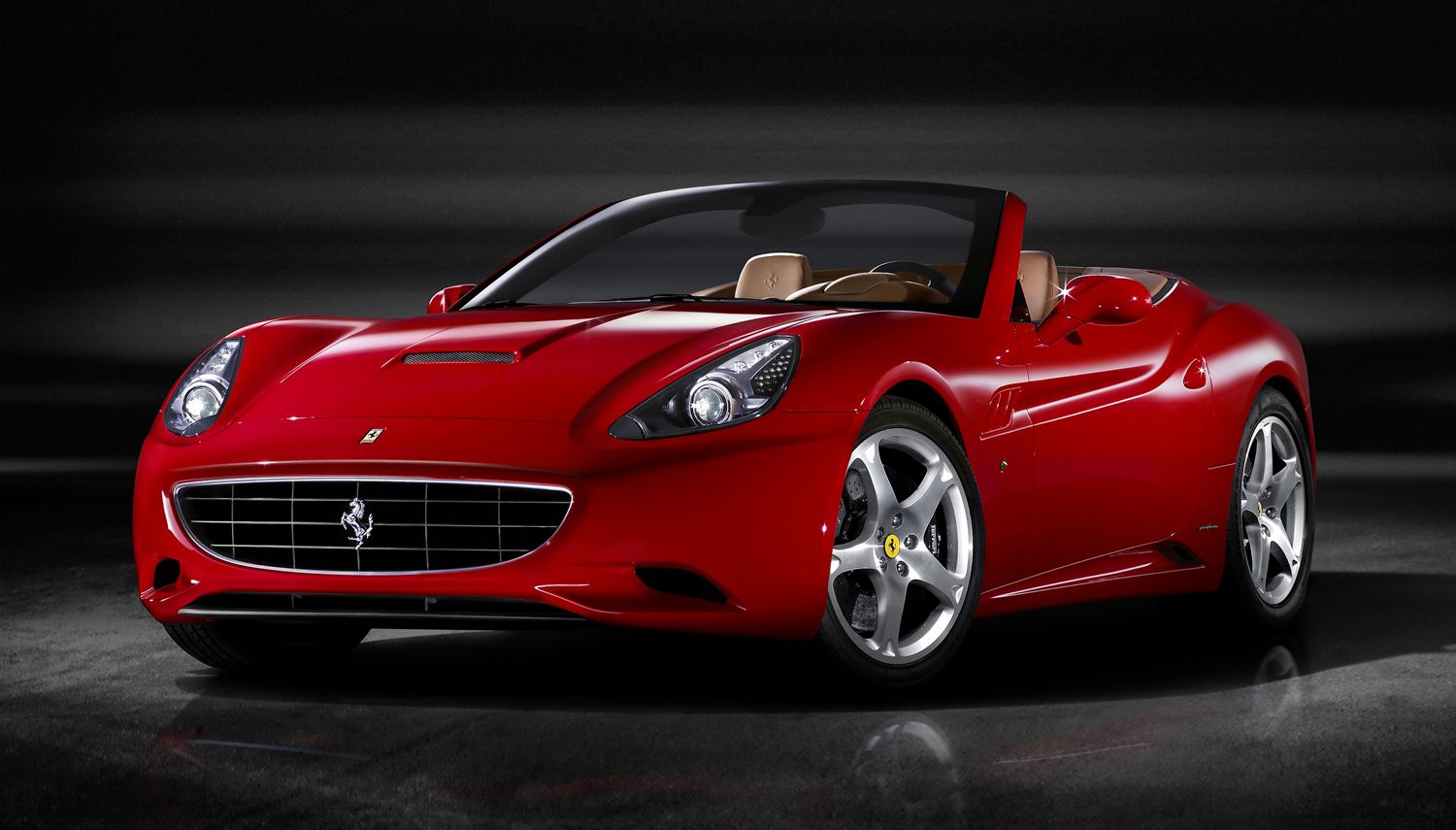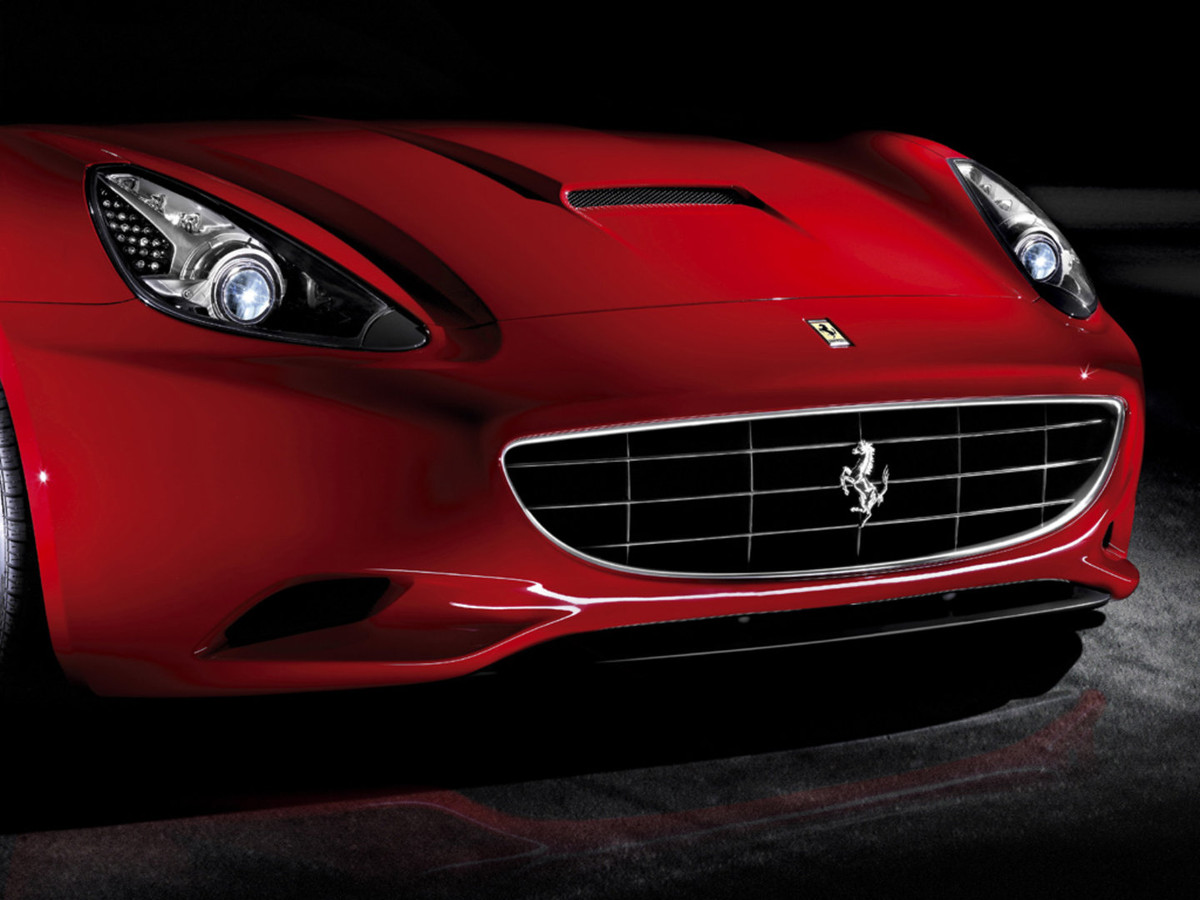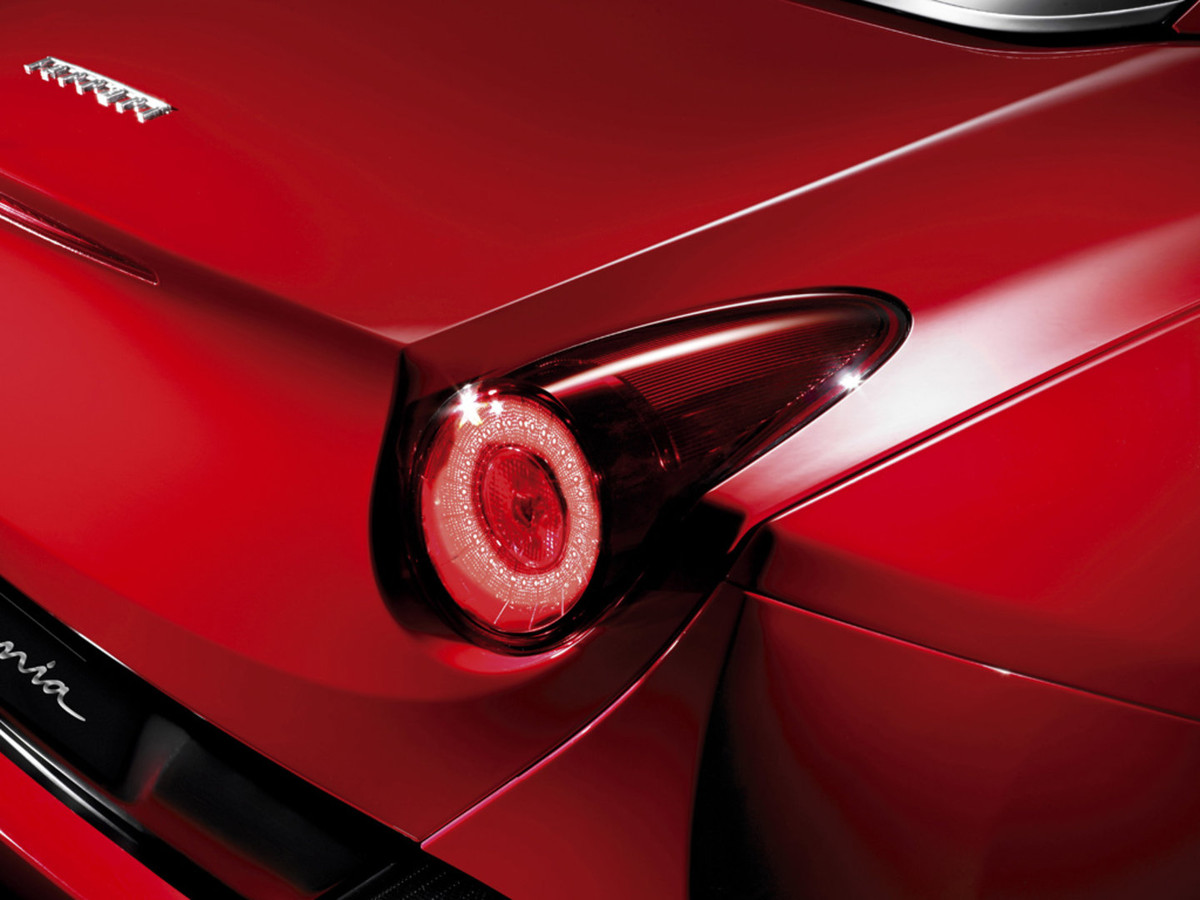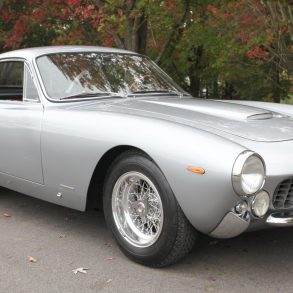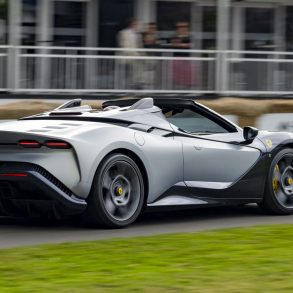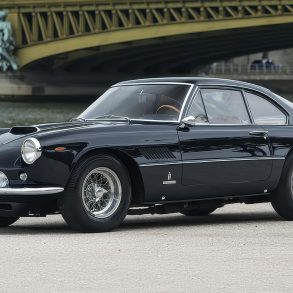Few motoring experiences can compare to the exhilaration of driving a convertible sports car. The open road before you, the wind invigorating you from all angles as the engine roars to peak revs and you dive into the apex, full grin blazing, hair flying, bugs spattering the windshield, as crisp autumn leaves dance behind you in the setting sun. The lore of the open road dates back to tribal times when mankind first tamed horses, daring to ride on their backs. With command over such power, sitting upright, overlooking the massive shoulders and neck of these majestic animals, we fell forever in love with speed, power, and control.
The earliest automobiles were constructed as open vehicles. Much like wagons drawn by horses, even more expensive automobiles offered open air touring with little regard for the elements. Over time, as body and carriage construction improved, the enclosed car became the preferred mode of transport. But the open roadster, convertible, skiff, or barchetta continued to be a highly desirable mode of transport.
Today, the convertible has evolved into a remarkably refined version of the closed coupe form. Many cars feature retractable hardtop designs which allow for open air motoring without compromising rigid roof construction. And while modern cars have employed this feature, none is more successful, and dare I say affordable, than the Ferrari California; the most powerful convertible Ferrari, available at a fraction of the cost of just about any other Ferrari convertible on the market today. It’s so good, it may even be the best Ferrari convertible ever made.

Introduced at the 2008 Paris Motor Show, the Ferrari California was a huge risk for Ferrari. Although the sports car market was strong, Ferrari needed a fresh, affordable package that would lure in new customers. The all-new, front-mounted V8 powered platform was compact, reliable, and capable of delivering nearly 450-hp, which resulted in jaw-dropping 0-60 times of 4.0 seconds and a 193 mph top speed. The Pininfarina design, executed by Ferrari Enzo designer Ken Okuyama, combined F1 derived aerodynamic design with handsome heritage architecture beautifully formed into a superbly constructed sports car. The most dramatic design element was the disappearing metal roof. With the touch of a button, the folding top transformed from a fixed roof design to a fully open road car. When first released, the California received rave reviews from many automotive journalists, but caused a stir with a large group of Ferrari owners who dismissed it as bloated, boorish, and a bit of a sellout to the larger market. Over the years, as production ceded to the new and more costly Portofino, the California has become one of the best values for anyone seeking a refined convertible Ferrari they can drive and enjoy almost as a daily driver.
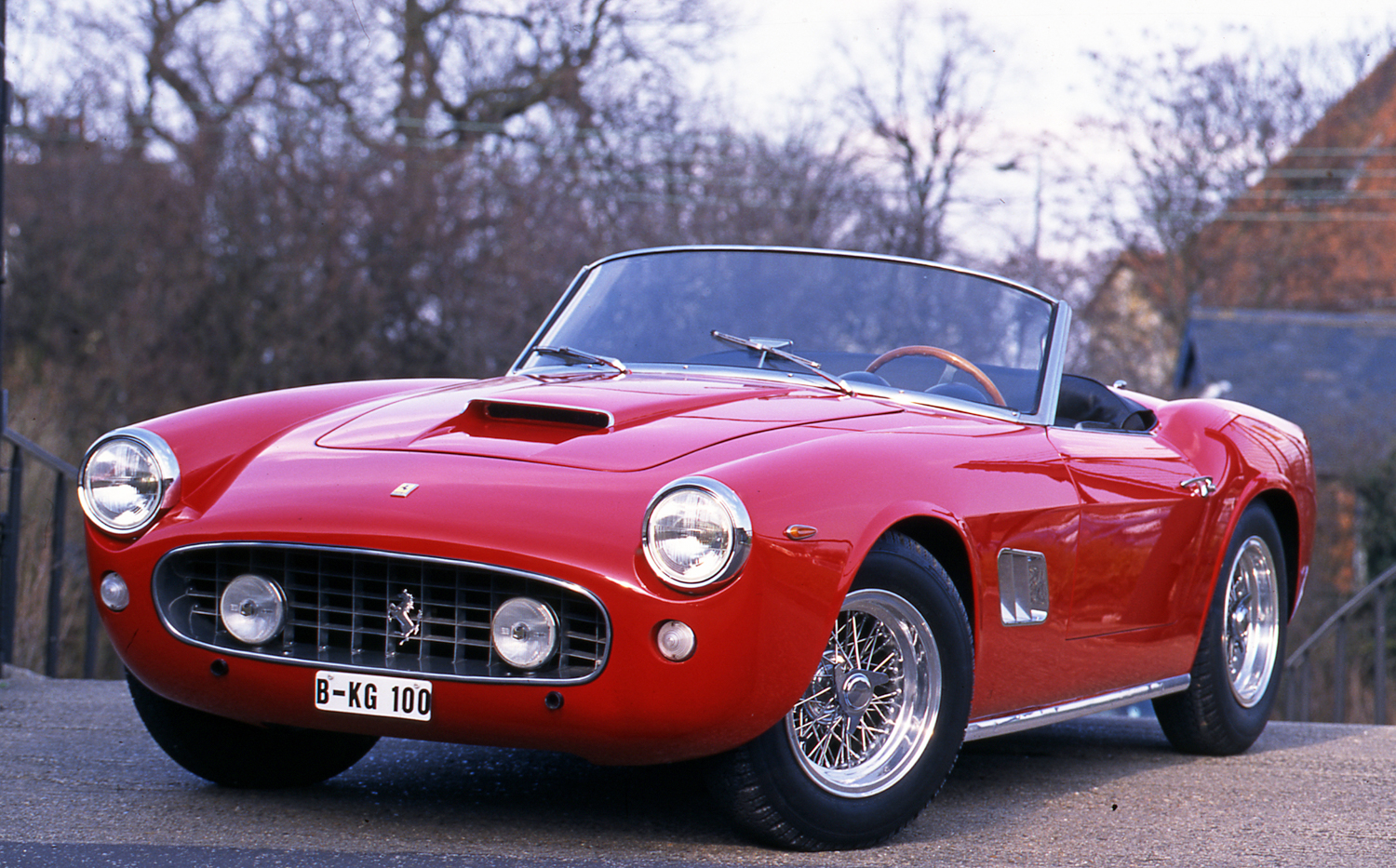
Unless you are a multi-millionaire, there are really no 1950s or 1960s Ferrari convertibles that you can possibly enjoy for a reasonable portion of your hard-earned money. A vast majority of open vintage Ferraris are deep six figures with some of the most desirable V12 models seven figures. The namesake to the Ferrari California is the 250GT, having been launched into cult status in the memorable film “Ferris Bueller’s Day Off”, these rare cars can approach eight figures. So, none of these iconic Ferraris really fit the budgets of most people. Ferraris from the 1970s includes both the 246 Dino GTS and later 308 GTS, but these are not truly convertibles despite their open-air, targa-roof charm.
By the 1980s and ’90s, one might be brave enough to entertain a Ferrari Mondial convertible or a 355, but neither of these examples are hallmarks of exceptional design. It is not until the next century, in 2000, when the 360 Modena Spider arrives, where we again enjoy a convertible Ferrari with a refined design – at least until you raise the top. Absolutely gorgeous in open configuration, the Modena Spider is seldom, if ever, shown with the top up. A friend of mine owned one for almost 7 years, confessing, “I’d rather drive home in the rain than be seen in this with the top up.”
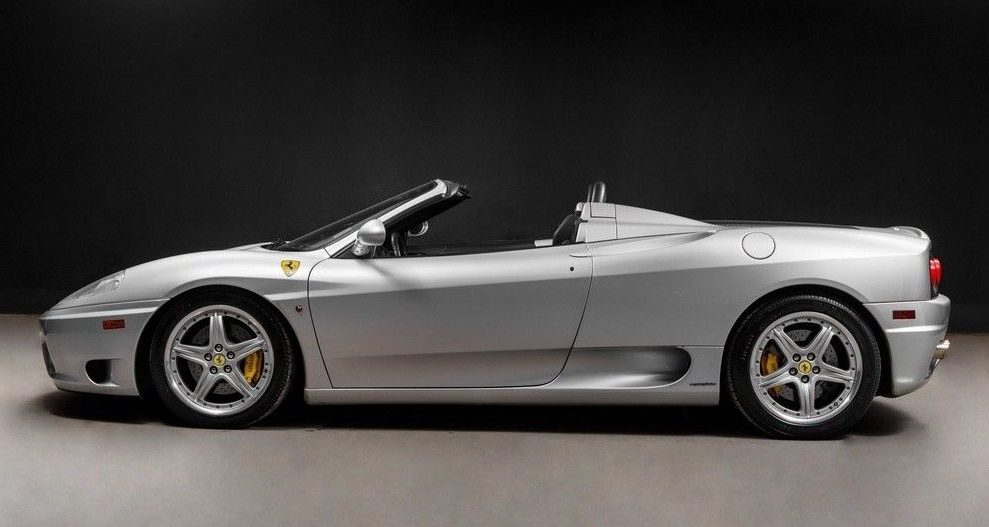
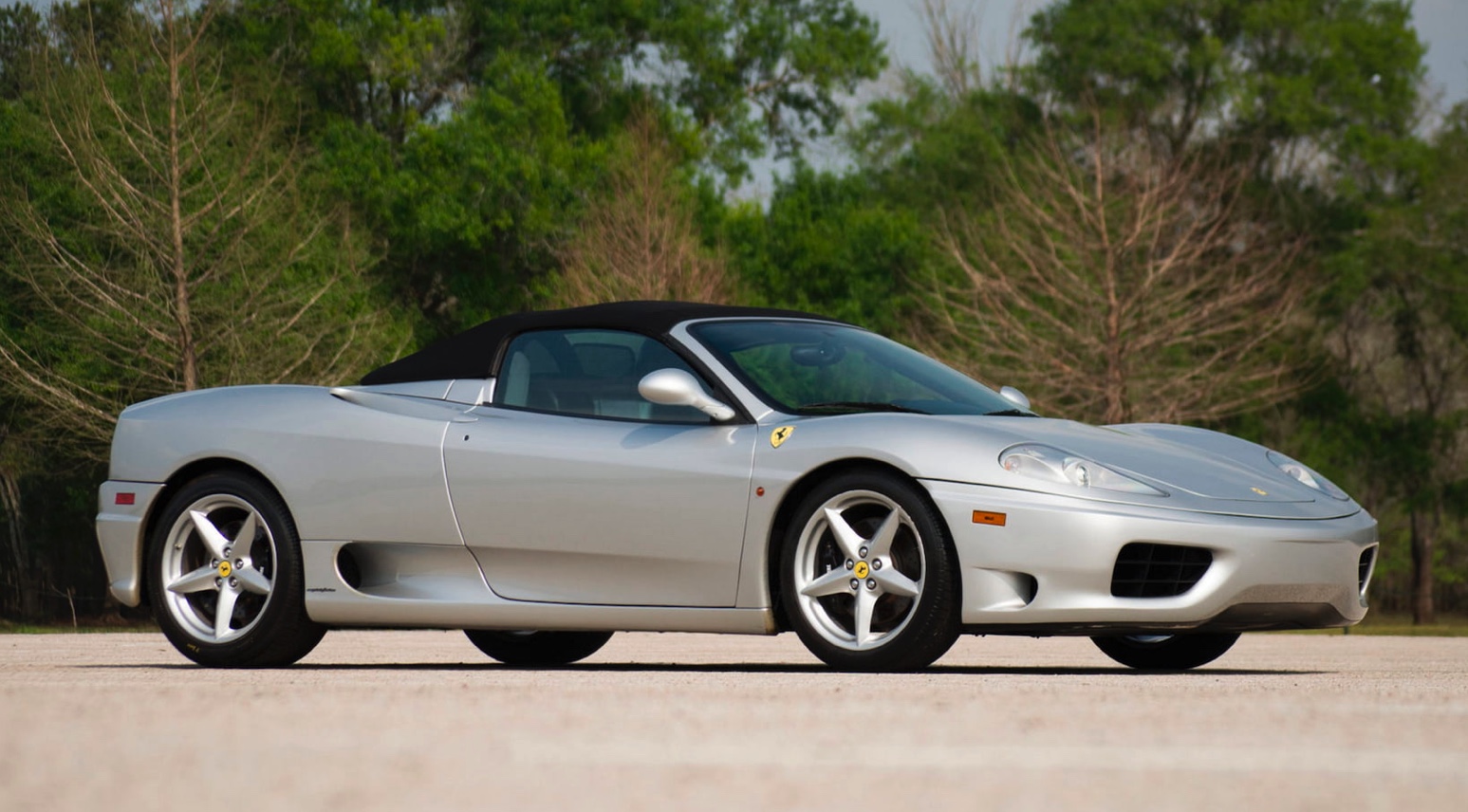
The Ferrari California not only presents itself as a beautiful convertible, with the top up, the design is equally impressive, aggressive, and sinewy. All this exceptional design is conveyed in a unique combination of both elegance and power that few modern cars can so gracefully pull off either with the top up or down. The design features many of the classic elements of iconic Ferraris including the wide-open mouth grille, recessed hood scoop, rising rear haunches, and distinctive round taillights. Those taillights incidentally were originally designed to contain brake lights, but because they were designed into the trunk lid and lift up with the lid when opened, and North American cars cannot have brake lights located on any moveable piece of body work, Ferrari had to relocate these in the rear fender or fixed tail section to pass this requirement. Having discovered this late in the design, they elected to leave the round lights in place and located brake lights in the lower section of the rear fascia, above the bumper line. How Ferrari staff missed this critical design element is a mystery to me, especially for a company so dedicated to details including spending a great deal of time replicating their “California” script as closely as possible to mimic the script on the California license plate.
Comparing the California to any of the great ’60s era Ferrari convertibles one immediately realizes just how far we have come in half a century of design and development. The modern Ferrari is a revelation of power and performance with enormous leaps in safety, technological features, and reliability, not to mention fuel economy—a respectable 16 mpg in the city and 23 on the highway. And while fuel economy on a $100k car is probably not a prominent consideration for most buyers, it is comforting to know that a weekend road trip in your Ferrari California will comfortably stow soft luggage for two, the roof can go up or down in a matter of seconds, and high speed spurts of 450-hp with stability controls can be managed by even modestly skilled drivers.
With more than 20% of the current century behind us, there are now several beautifully designed, pre-owned modern sports cars that deliver great driving experiences in keeping with many of the classic or vintage cars of the previous century. The Ferrari California embodies all the traits of the classic open touring cars of the past with the added safety and performance benefits that make it one of the very best examples of convertible motoring available today.




